Home>Construction & Tools>Electrical and Plumbing Systems>What Is A Level 3 EV Charger
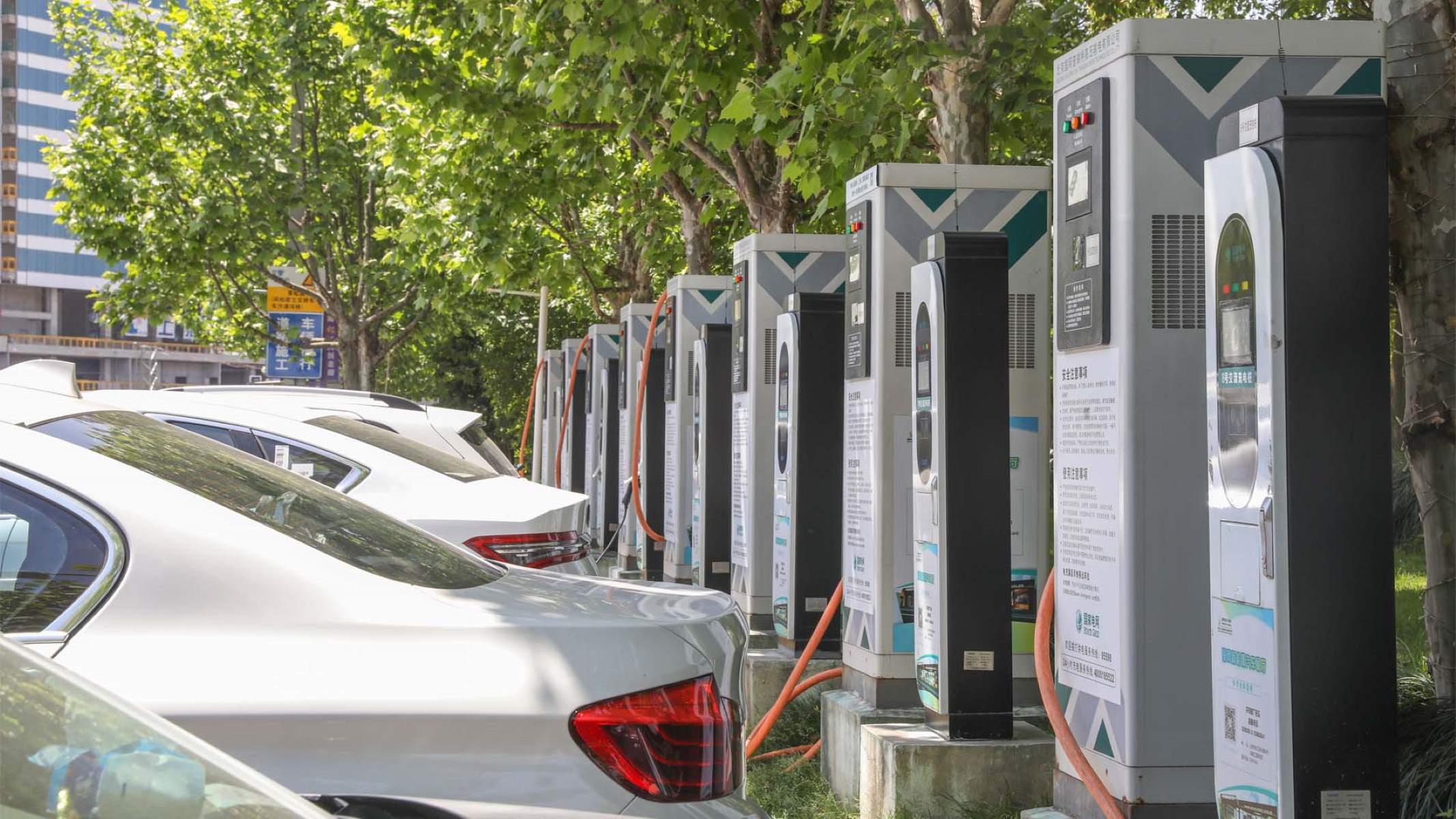

Electrical and Plumbing Systems
What Is A Level 3 EV Charger
Modified: February 26, 2024
Learn about the benefits of Level 3 EV chargers for electrical and plumbing systems. Find out how they can improve efficiency and charging speed.
(Many of the links in this article redirect to a specific reviewed product. Your purchase of these products through affiliate links helps to generate commission for Storables.com, at no extra cost. Learn more)
Introduction
Welcome to the era of electric vehicles (EVs), where the convergence of cutting-edge technology and environmental consciousness is reshaping the way we commute. As the global shift towards sustainable transportation gains momentum, the need for efficient and rapid charging solutions has become increasingly paramount. In this article, we delve into the realm of Level 3 EV chargers, exploring their significance, functionality, and the pivotal role they play in accelerating the adoption of electric mobility.
The surge in popularity of electric vehicles has paved the way for a burgeoning infrastructure of charging stations, catering to the diverse needs of EV owners. Amidst this landscape, the concept of Level 3 EV chargers has emerged as a game-changer, revolutionizing the charging experience by offering unparalleled speed and convenience. Understanding the nuances of Level 3 EV chargers is not only crucial for EV enthusiasts but also for businesses and communities looking to embrace sustainable transportation solutions.
Join us as we embark on a journey to unravel the intricacies of Level 3 EV chargers, shedding light on their functionality, benefits, and considerations for installation. Whether you are an EV aficionado, an infrastructure planner, or simply an inquisitive mind eager to explore the forefront of clean energy technology, this article aims to provide a comprehensive understanding of Level 3 EV chargers, empowering you to navigate the electrifying world of sustainable transportation with confidence and insight.
Key Takeaways:
- Level 3 EV chargers are the superheroes of electric vehicle charging, offering lightning-fast charging for long-distance travel and time-sensitive needs, making electric mobility more practical and convenient for everyone.
- Installing Level 3 EV chargers requires careful planning, considering factors like power infrastructure, location, scalability, network integration, and safety to ensure a seamless and reliable charging experience for electric vehicle owners.
Read more: What Is A Level 2 EV Charger
Understanding Electric Vehicle (EV) Chargers
Electric Vehicle (EV) chargers serve as the lifeblood of the rapidly expanding electric vehicle infrastructure, enabling EV owners to power their vehicles conveniently and efficiently. These chargers come in various forms and power levels, each catering to different charging needs and time constraints. Understanding the nuances of EV chargers is essential for both current and prospective EV owners, as well as businesses and organizations seeking to accommodate the growing demand for electric mobility.
EV chargers are designed to deliver electrical energy to recharge the battery packs of electric vehicles. They are categorized into different levels, each offering distinct charging capabilities. Level 1 chargers are typically the most basic, providing charging through a standard 120-volt AC plug. While suitable for topping up a vehicle’s charge overnight, Level 1 chargers are relatively slow and may not be practical for daily use, especially for longer commutes or frequent trips.
Level 2 chargers, on the other hand, offer a significant upgrade in charging speed and efficiency. These chargers utilize a 240-volt AC plug, enabling faster charging times compared to Level 1 chargers. Level 2 chargers are commonly found in residential settings, workplaces, and public charging stations, providing a convenient and practical solution for EV owners to replenish their vehicle’s battery while going about their daily routines.
Level 3 EV chargers, also known as DC fast chargers, represent the pinnacle of charging technology, delivering rapid and high-power charging capabilities. These chargers are designed to provide a substantial amount of energy to the vehicle’s battery in a remarkably short time, making them ideal for long-distance travel and quick top-ups during busy schedules. Level 3 chargers are commonly deployed along highways, major travel routes, and commercial hubs, offering EV owners the convenience of ultra-fast charging to support their mobility needs.
Understanding the distinctions between these charging levels is essential for making informed decisions regarding EV charger installations, usage, and infrastructure planning. It also underscores the pivotal role that Level 3 EV chargers play in facilitating the widespread adoption of electric vehicles, addressing range anxiety, and promoting the seamless integration of electric mobility into our daily lives.
Different Levels of EV Chargers
Electric Vehicle (EV) chargers are categorized into different levels, each offering unique charging capabilities and catering to diverse charging needs. Understanding the distinctions between these levels is crucial for both EV owners and stakeholders involved in the development and deployment of charging infrastructure. Let’s explore the characteristics and functionalities of each EV charging level to gain a comprehensive understanding of the charging landscape.
- Level 1 Chargers: Level 1 chargers are the most basic form of EV charging, utilizing a standard 120-volt AC plug for charging. These chargers are typically found in residential settings and are suitable for overnight charging. While Level 1 chargers are convenient for maintaining a vehicle’s charge during non-use hours, they are relatively slow and may not be practical for daily commuting or frequent long-distance travel.
- Level 2 Chargers: Level 2 chargers offer a significant improvement in charging speed and efficiency compared to Level 1 chargers. These chargers utilize a 240-volt AC plug, enabling faster charging times and making them suitable for residential, workplace, and public charging applications. Level 2 chargers are commonly installed in parking facilities, commercial areas, and public spaces, providing EV owners with a convenient and practical charging solution for their daily needs.
- Level 3 Chargers (DC Fast Chargers): Level 3 EV chargers, also known as DC fast chargers, represent the pinnacle of EV charging technology, offering rapid and high-power charging capabilities. These chargers are designed to deliver a substantial amount of energy to the vehicle’s battery in a remarkably short time, making them ideal for long-distance travel and quick top-ups during busy schedules. Level 3 chargers are commonly deployed along highways, major travel routes, and commercial hubs, providing EV owners with the convenience of ultra-fast charging to support their mobility needs.
The differentiation between these charging levels underscores the evolution of EV charging technology, with each level addressing specific charging requirements and time constraints. Level 1 chargers cater to basic charging needs, while Level 2 chargers offer a practical solution for daily charging requirements. Level 3 chargers, with their rapid charging capabilities, are instrumental in supporting long-distance travel and promoting the widespread adoption of electric mobility.
By comprehending the distinct features and applications of each EV charging level, stakeholders can make informed decisions regarding charger installations, infrastructure planning, and the seamless integration of electric vehicles into our transportation ecosystem. This understanding also empowers EV owners to leverage the right charging solutions that align with their lifestyle and travel preferences, contributing to the continued growth and sustainability of electric mobility.
Level 3 EV Chargers: An Overview
Level 3 EV chargers, also referred to as DC fast chargers, represent a monumental leap in electric vehicle (EV) charging technology, offering rapid and high-power charging capabilities that significantly enhance the convenience and feasibility of electric mobility. These chargers are instrumental in addressing the critical need for ultra-fast charging solutions, particularly for long-distance travel and time-sensitive charging requirements. Let’s delve into an expansive overview of Level 3 EV chargers, exploring their functionality, impact, and the transformative role they play in the realm of electric transportation.
At the core of Level 3 EV chargers lies their ability to deliver a substantial amount of electrical energy to an electric vehicle’s battery in a remarkably short time. Unlike Level 1 and Level 2 chargers, which primarily utilize alternating current (AC) for charging, Level 3 chargers employ direct current (DC) to facilitate rapid charging, significantly reducing the time required to replenish the vehicle’s battery to usable levels.
Level 3 chargers are strategically positioned along highways, major travel routes, and key commercial hubs, offering EV owners the convenience of ultra-fast charging during long journeys or hectic schedules. These strategically located chargers play a pivotal role in mitigating range anxiety, a common concern among EV owners, by providing quick and efficient charging options that support seamless long-distance travel without prolonged charging stops.
One of the defining features of Level 3 EV chargers is their remarkable charging speed, capable of delivering a substantial amount of energy to an EV’s battery in a matter of minutes. This rapid charging capability not only enhances the practicality of electric vehicles for daily use but also fosters a more compelling case for their adoption in various sectors, including commercial transportation, ride-sharing services, and public transit systems.
Level 3 chargers are designed to accommodate a wide range of electric vehicles, including those with larger battery capacities and higher power requirements. This versatility ensures that a diverse array of EV models can benefit from the rapid charging capabilities offered by Level 3 chargers, further bolstering the appeal and accessibility of electric mobility for a broad spectrum of users.
As the demand for electric vehicles continues to surge, Level 3 EV chargers are poised to play an increasingly integral role in shaping the infrastructure of sustainable transportation. Their ability to deliver rapid and high-power charging, coupled with strategic deployment in key locations, positions Level 3 chargers as a cornerstone of the evolving electric mobility landscape, empowering individuals and businesses to embrace clean, efficient, and forward-thinking transportation solutions.
A Level 3 EV charger, also known as a DC fast charger, can charge an electric vehicle to 80% in around 30 minutes. It’s great for quick top-ups on the go, but may be more expensive to install than Level 1 or Level 2 chargers.
Benefits of Level 3 EV Chargers
Level 3 EV chargers, also known as DC fast chargers, offer a myriad of compelling benefits that significantly elevate the appeal and practicality of electric mobility. These chargers, characterized by their rapid and high-power charging capabilities, play a pivotal role in addressing critical challenges associated with electric vehicle (EV) adoption, while simultaneously enhancing the overall charging experience for EV owners and the broader transportation ecosystem. Let’s explore the multifaceted benefits of Level 3 EV chargers and their far-reaching impact on the advancement of sustainable transportation.
- Rapid Charging: One of the most prominent benefits of Level 3 EV chargers is their ability to deliver a substantial amount of electrical energy to an EV’s battery in a remarkably short time. This rapid charging capability significantly reduces the time required to replenish the vehicle’s battery, offering unparalleled convenience for EV owners, especially during long journeys or time-sensitive charging needs.
- Long-Distance Travel: Level 3 chargers are strategically positioned along highways and major travel routes, providing EV owners with the assurance of ultra-fast charging options to support long-distance travel. This strategic deployment mitigates range anxiety, a common concern among EV owners, and promotes the feasibility of electric vehicles for extended trips without prolonged charging interruptions.
- Enhanced Accessibility: The widespread availability of Level 3 EV chargers in key locations such as commercial hubs, public transit stations, and major thoroughfares enhances the accessibility of electric mobility for a diverse range of users. This accessibility fosters greater confidence and convenience for individuals and businesses considering the transition to electric vehicles.
- Versatility and Compatibility: Level 3 chargers are designed to accommodate a wide spectrum of electric vehicles, including those with larger battery capacities and higher power requirements. This versatility ensures that a diverse array of EV models can benefit from the rapid charging capabilities offered by Level 3 chargers, promoting inclusivity and scalability within the electric mobility ecosystem.
- Promotion of Electric Mobility: By offering rapid and high-power charging options, Level 3 EV chargers contribute to the broader promotion of electric mobility, making a compelling case for the adoption of electric vehicles in various sectors, including commercial transportation, ride-sharing services, and public transit systems. This promotion fosters a sustainable and forward-thinking approach to transportation, aligning with global efforts to reduce carbon emissions and dependence on fossil fuels.
The array of benefits offered by Level 3 EV chargers underscores their transformative impact on the landscape of electric mobility, positioning them as indispensable assets in the ongoing transition towards sustainable transportation solutions. As the demand for electric vehicles continues to surge, the rapid charging capabilities and strategic deployment of Level 3 chargers are poised to play a pivotal role in shaping the infrastructure and accessibility of electric mobility, fostering a future where clean, efficient, and convenient transportation is readily available to all.
Read more: What Is The Fastest EV Charger
Considerations for Level 3 EV Charger Installation
When contemplating the installation of Level 3 EV chargers, several crucial considerations come into play, encompassing technical, logistical, and strategic aspects that are essential for ensuring the optimal deployment and functionality of these high-power charging solutions. The installation of Level 3 EV chargers demands meticulous planning and adherence to industry best practices to maximize their effectiveness and accessibility. Let’s delve into the key considerations for Level 3 EV charger installation, shedding light on the factors that underpin the successful integration of these rapid charging assets into the electric mobility infrastructure.
- Power Infrastructure: The installation of Level 3 EV chargers necessitates robust power infrastructure capable of delivering high-voltage direct current (DC) to support rapid charging. Assessing the adequacy of the electrical grid, transformer capacity, and power distribution systems is imperative to ensure seamless and reliable operation of Level 3 chargers without compromising grid stability or performance.
- Location and Accessibility: Identifying strategic locations for Level 3 EV charger installation is paramount, with a focus on high-traffic areas, major travel routes, and commercial hubs to cater to the charging needs of a diverse user base. Ensuring accessibility, visibility, and convenience for EV owners is essential, promoting the seamless integration of rapid charging solutions into the transportation ecosystem.
- Scalability and Future Expansion: Planning for the scalability and future expansion of Level 3 charging infrastructure is crucial, considering the anticipated growth in electric vehicle adoption and the evolving needs of the electric mobility landscape. Designing installations that allow for modular expansion and integration with smart grid technologies facilitates the long-term viability and adaptability of Level 3 EV chargers.
- Charging Network Integration: Coordinating with existing charging networks and infrastructure providers is essential to ensure interoperability and harmonious integration of Level 3 EV chargers within the broader charging ecosystem. Compatibility with standard protocols, payment systems, and network management tools facilitates seamless user experiences and promotes the cohesive development of electric vehicle charging infrastructure.
- Regulatory Compliance and Safety: Adhering to regulatory standards, safety protocols, and industry guidelines is paramount in the installation of Level 3 EV chargers. Ensuring compliance with electrical codes, permitting requirements, and safety certifications mitigates risks, promotes public confidence, and fosters a secure and reliable charging environment for EV owners and operators.
By meticulously addressing these considerations, stakeholders involved in the installation of Level 3 EV chargers can navigate the complexities of deploying high-power charging solutions with confidence and foresight. The strategic placement, robust infrastructure support, and seamless integration of Level 3 chargers into the electric mobility landscape are pivotal in fostering a sustainable, accessible, and efficient charging infrastructure that underpins the widespread adoption and acceptance of electric vehicles.
Conclusion
The evolution of electric vehicle (EV) charging technology has ushered in a new era of sustainable transportation, with Level 3 EV chargers standing at the forefront of rapid and high-power charging solutions. As we navigate the dynamic landscape of electric mobility, the significance of Level 3 chargers becomes increasingly pronounced, offering a transformative approach to addressing the charging needs of electric vehicles and promoting their widespread adoption.
From their rapid charging capabilities to strategic deployment along major travel routes and commercial hubs, Level 3 EV chargers exemplify the convergence of innovation and practicality, empowering EV owners to embrace long-distance travel and time-sensitive charging requirements with confidence and convenience. The benefits of Level 3 chargers extend beyond individual charging experiences, contributing to the broader promotion of electric mobility and the reduction of carbon emissions, aligning with global efforts to build a sustainable and resilient transportation ecosystem.
As the demand for electric vehicles continues to surge, the considerations for Level 3 EV charger installation underscore the importance of meticulous planning, scalability, and regulatory compliance to ensure the seamless integration of these high-power charging assets into the fabric of our transportation infrastructure. By addressing these considerations with foresight and expertise, stakeholders can pave the way for a robust and accessible charging network that supports the diverse needs of electric mobility enthusiasts and businesses alike.
In essence, Level 3 EV chargers embody the promise of a future where clean, efficient, and convenient transportation is readily available to all. Their impact transcends the realm of charging technology, shaping the narrative of sustainable transportation and contributing to a paradigm shift towards electric mobility that is inclusive, accessible, and forward-thinking.
As we embrace the electrifying journey towards a cleaner and more sustainable transportation landscape, Level 3 EV chargers stand as beacons of innovation, progress, and possibility, illuminating the path towards a future where electric mobility thrives, and the benefits of sustainable transportation are realized by all.
Frequently Asked Questions about What Is A Level 3 EV Charger
Was this page helpful?
At Storables.com, we guarantee accurate and reliable information. Our content, validated by Expert Board Contributors, is crafted following stringent Editorial Policies. We're committed to providing you with well-researched, expert-backed insights for all your informational needs.
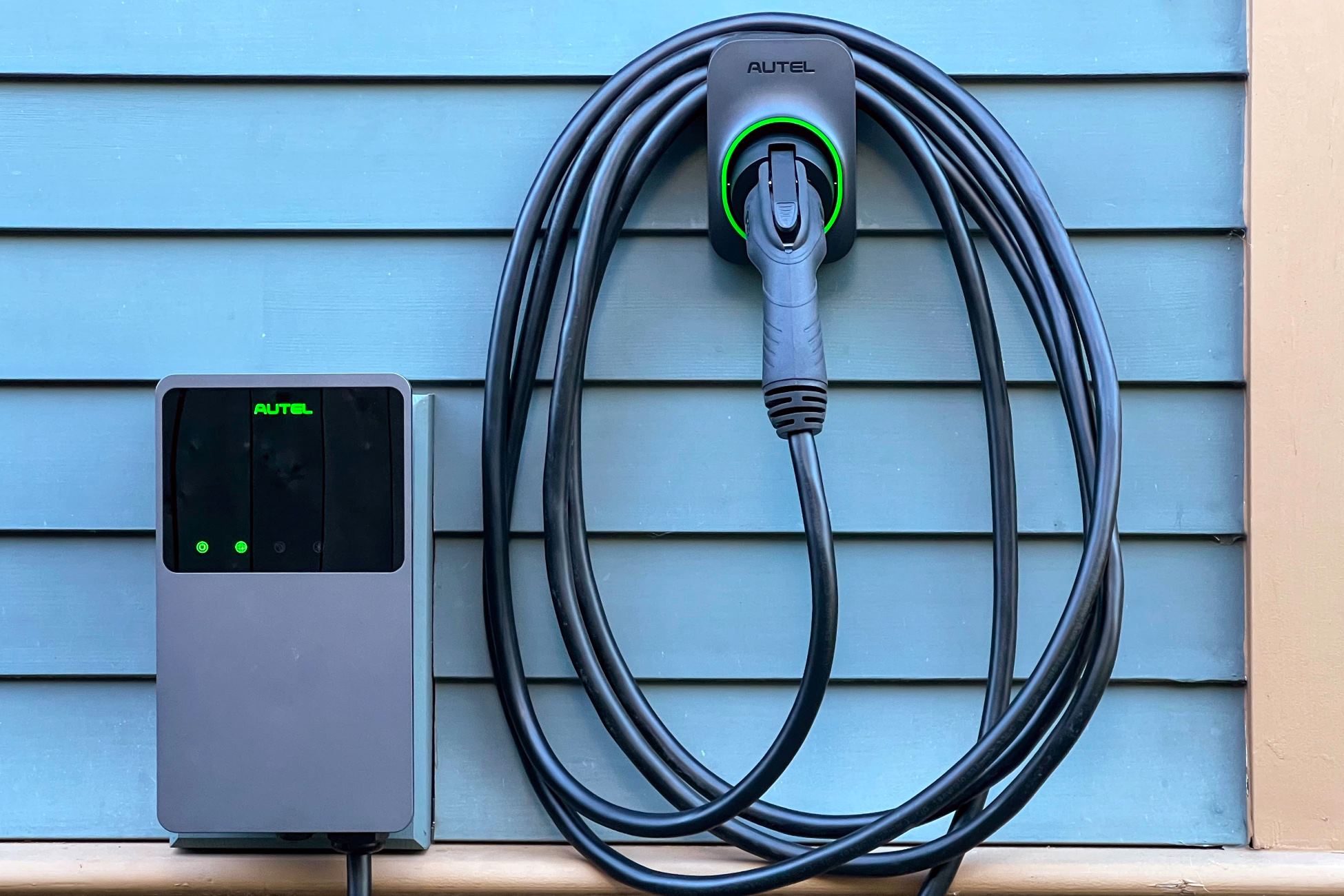
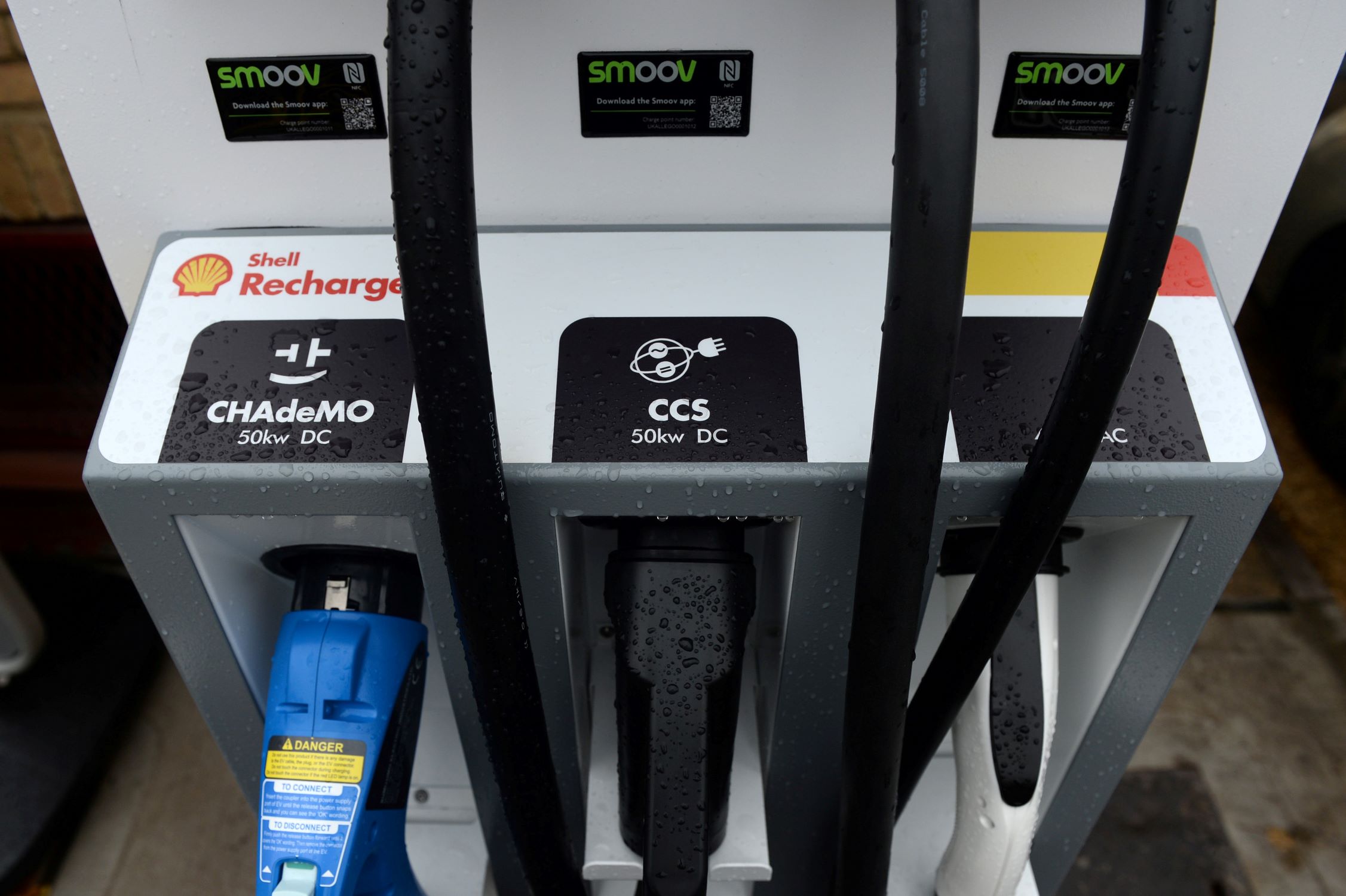
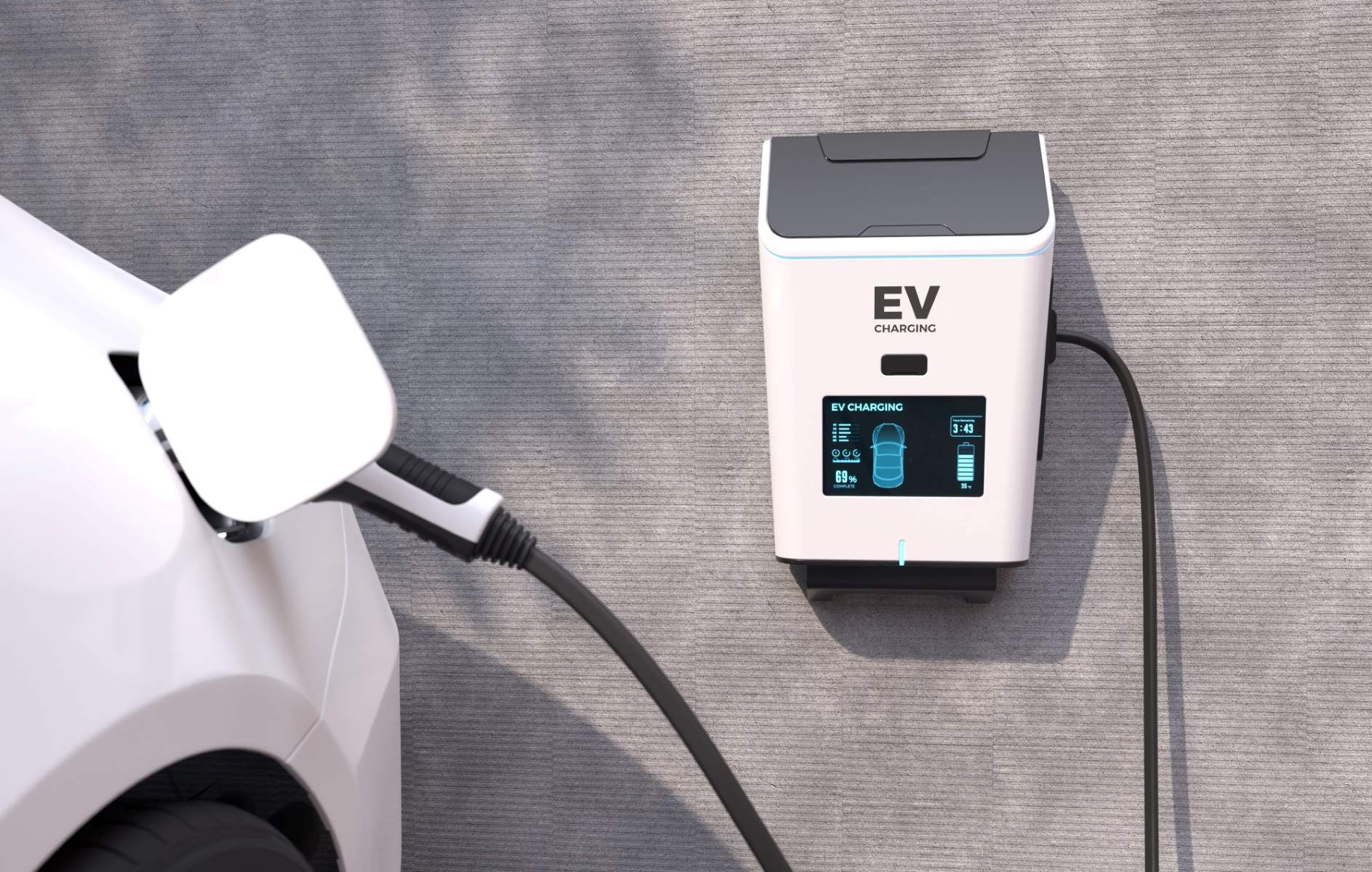

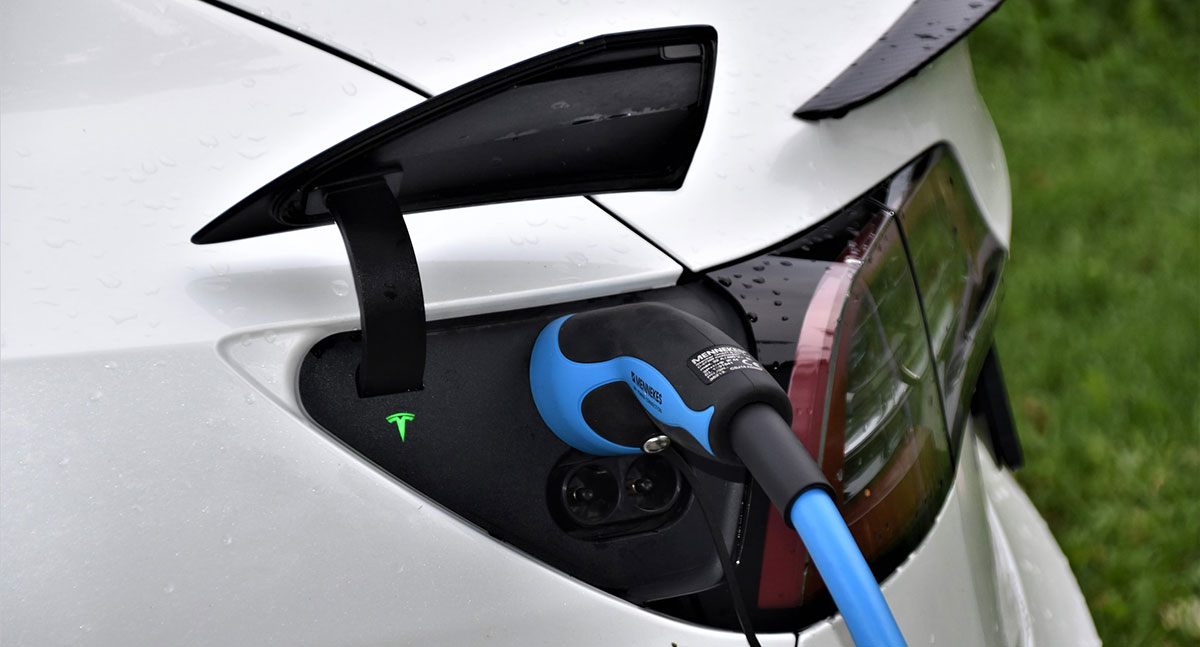
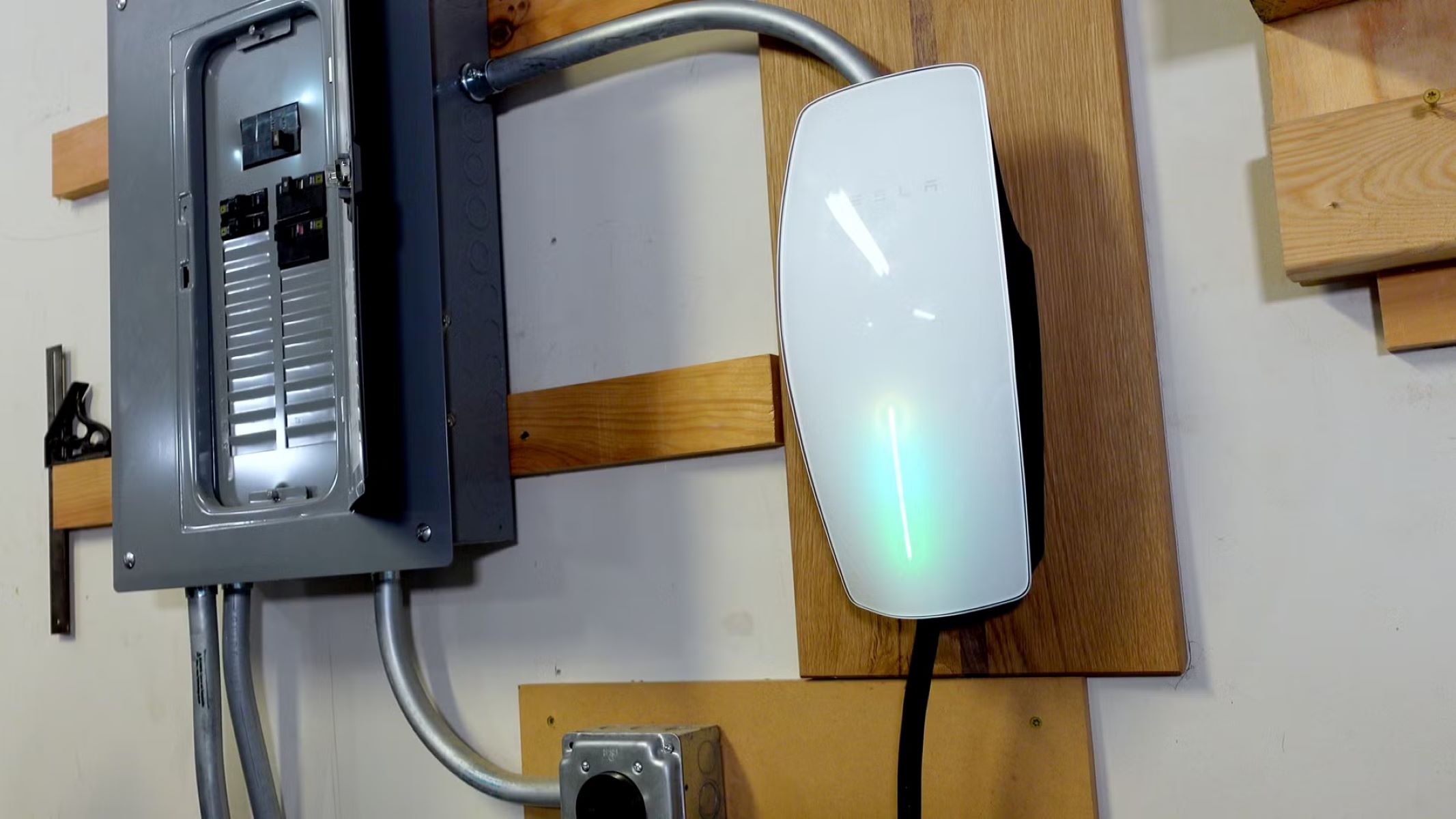
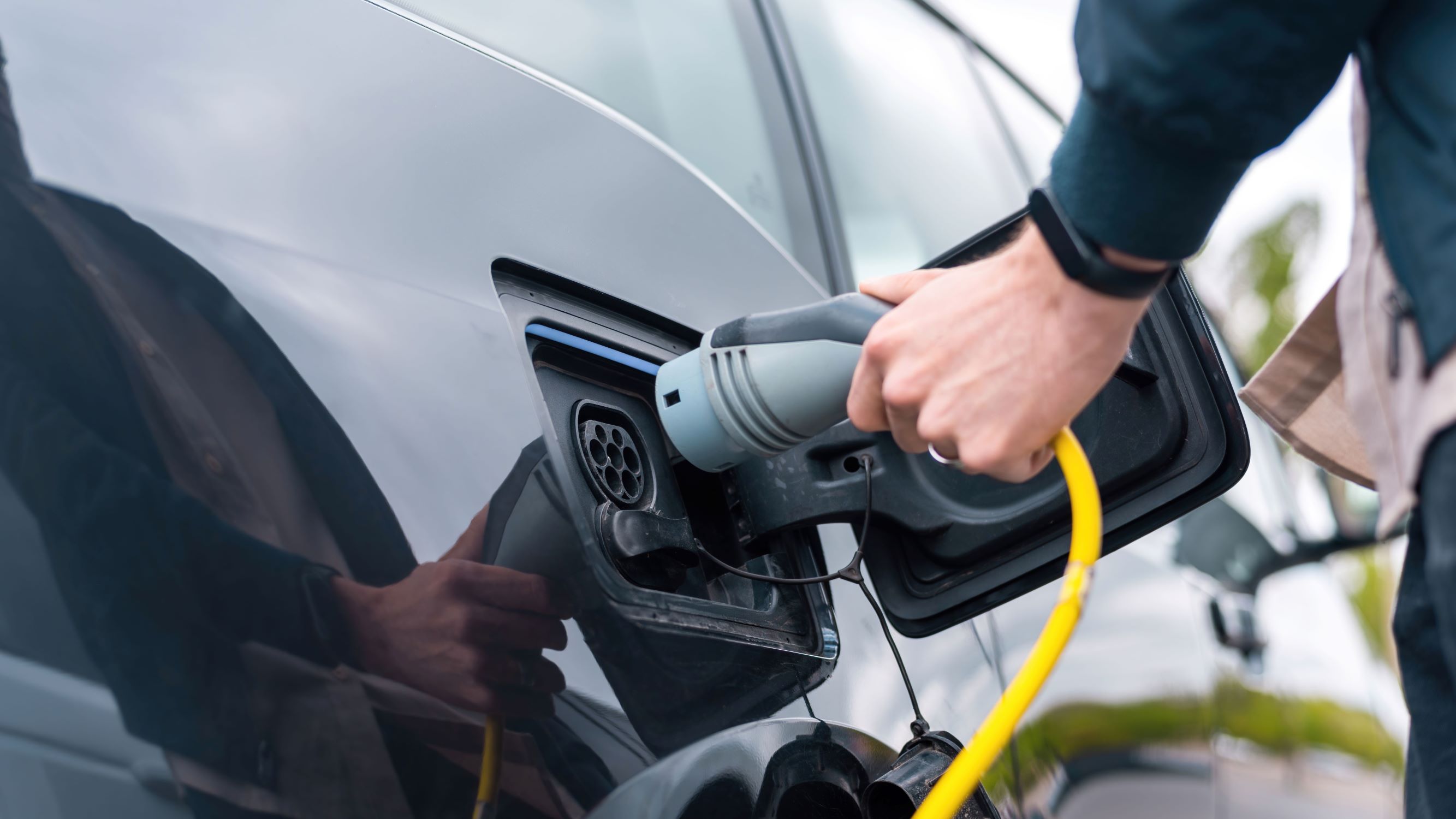
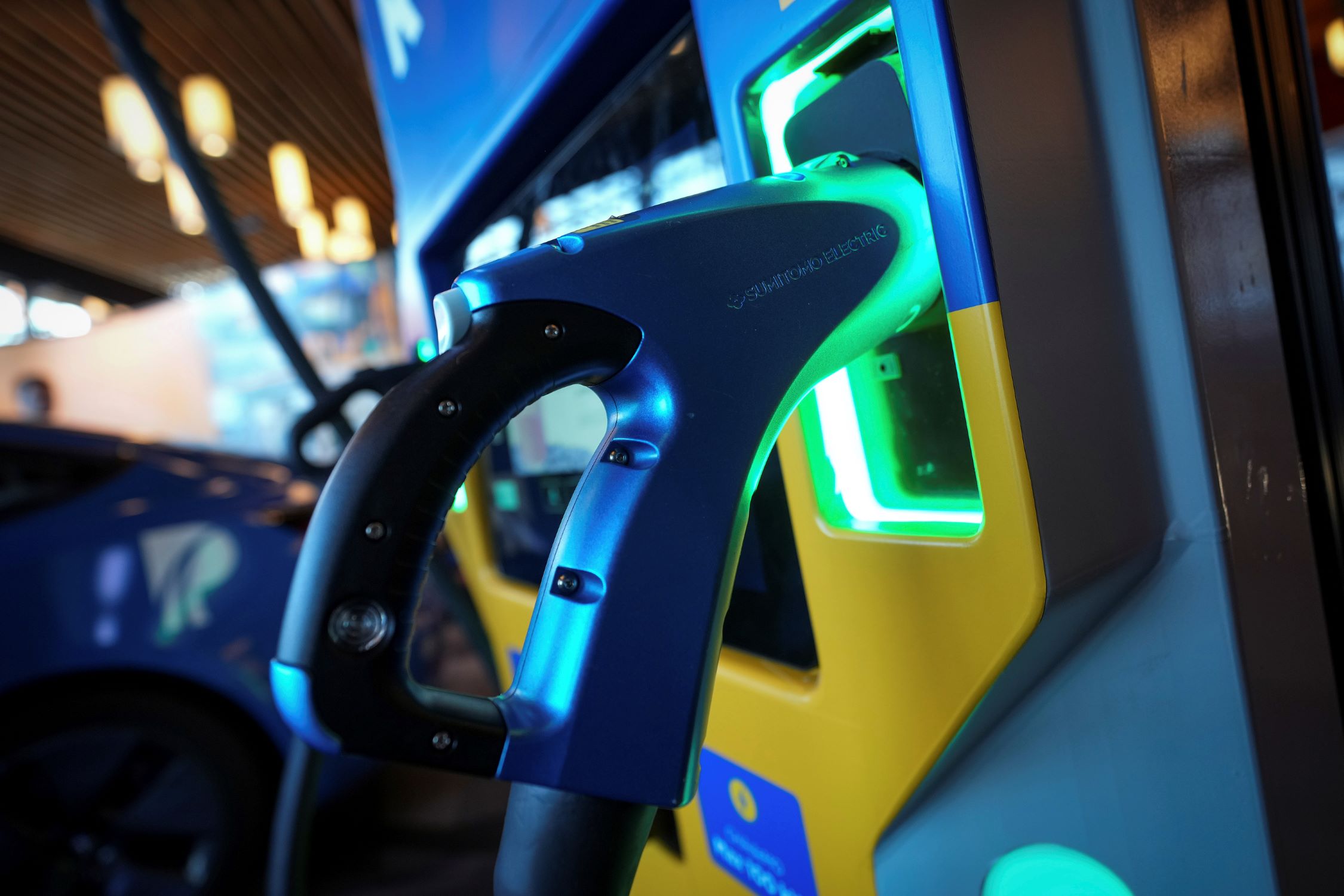
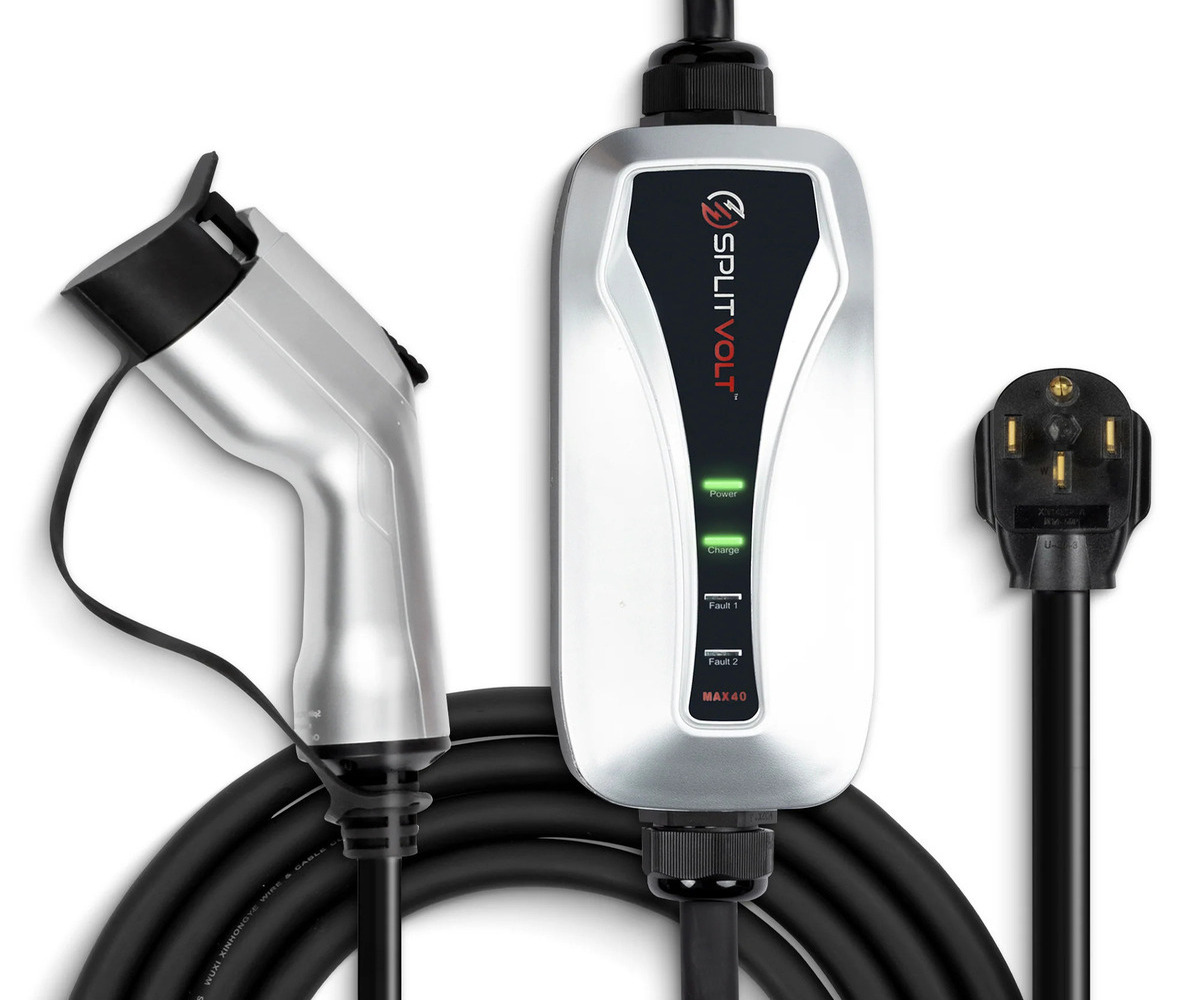
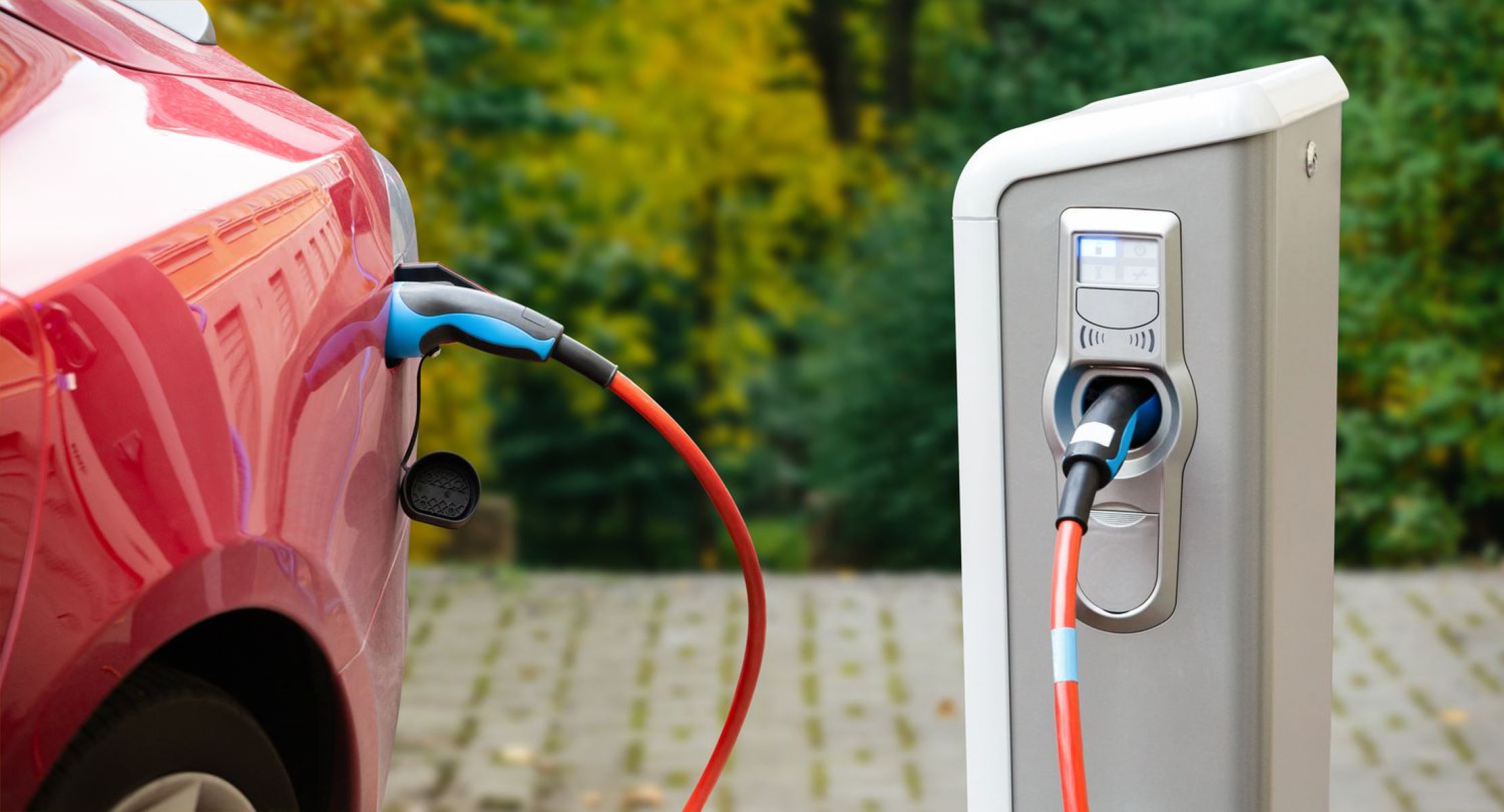
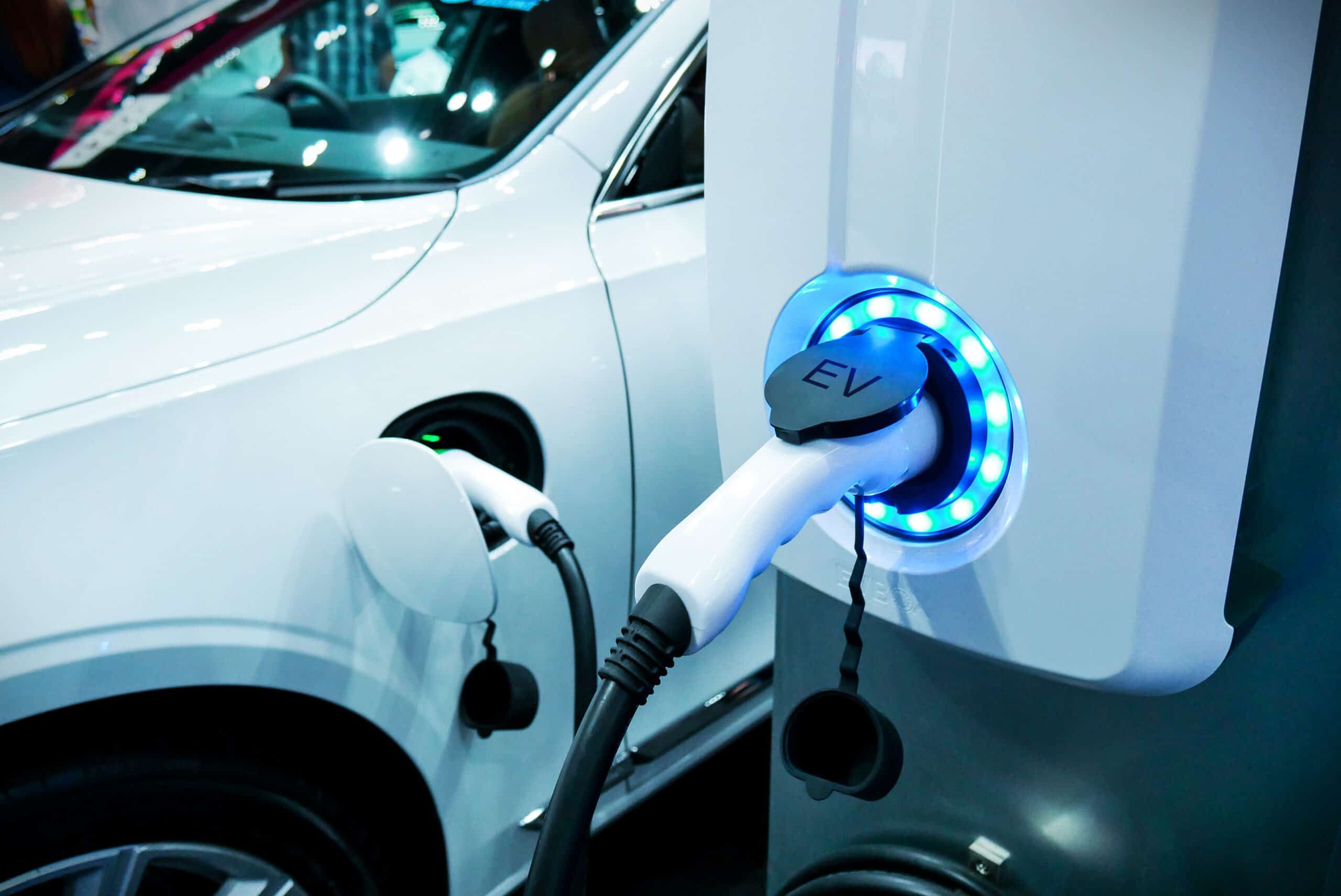
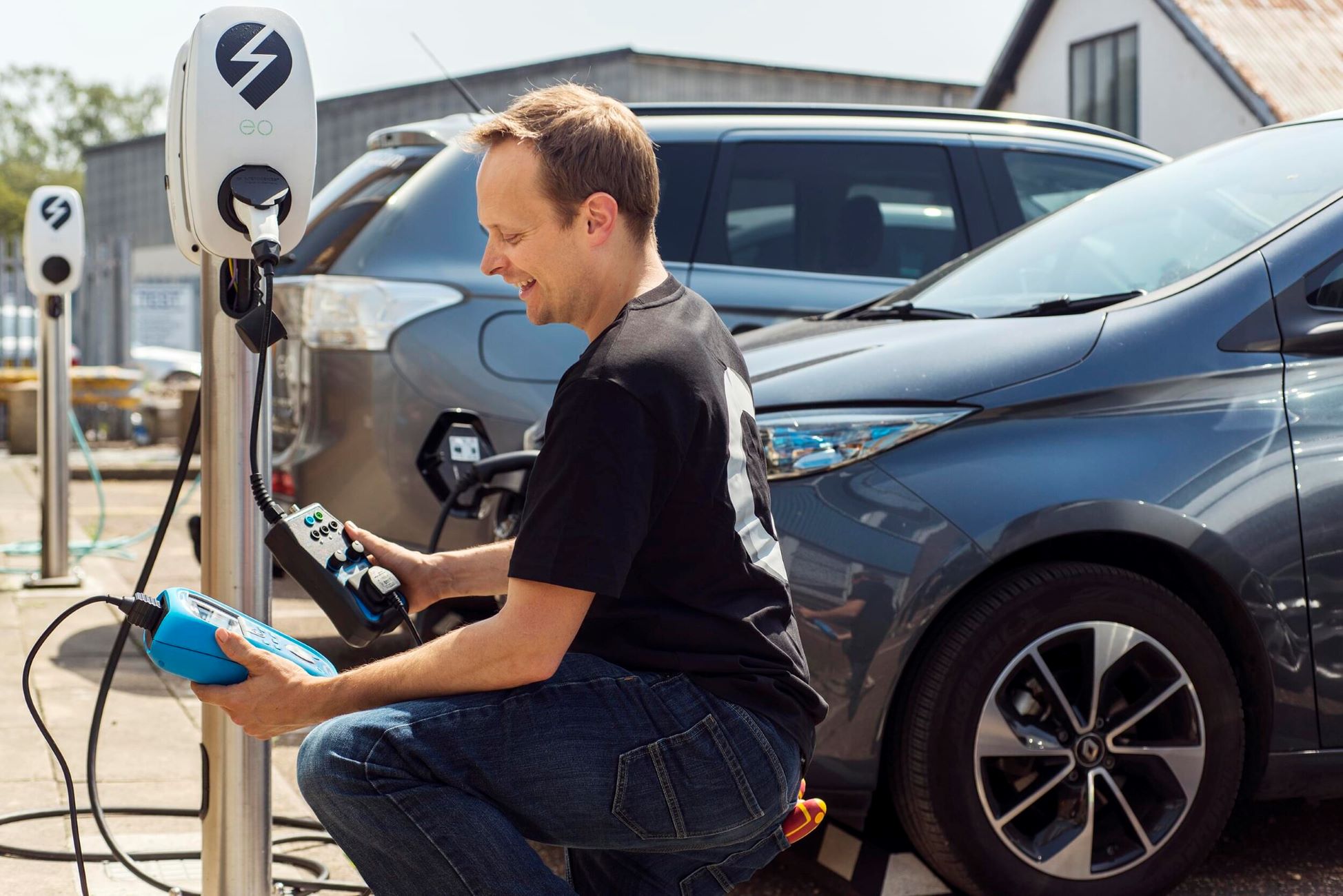
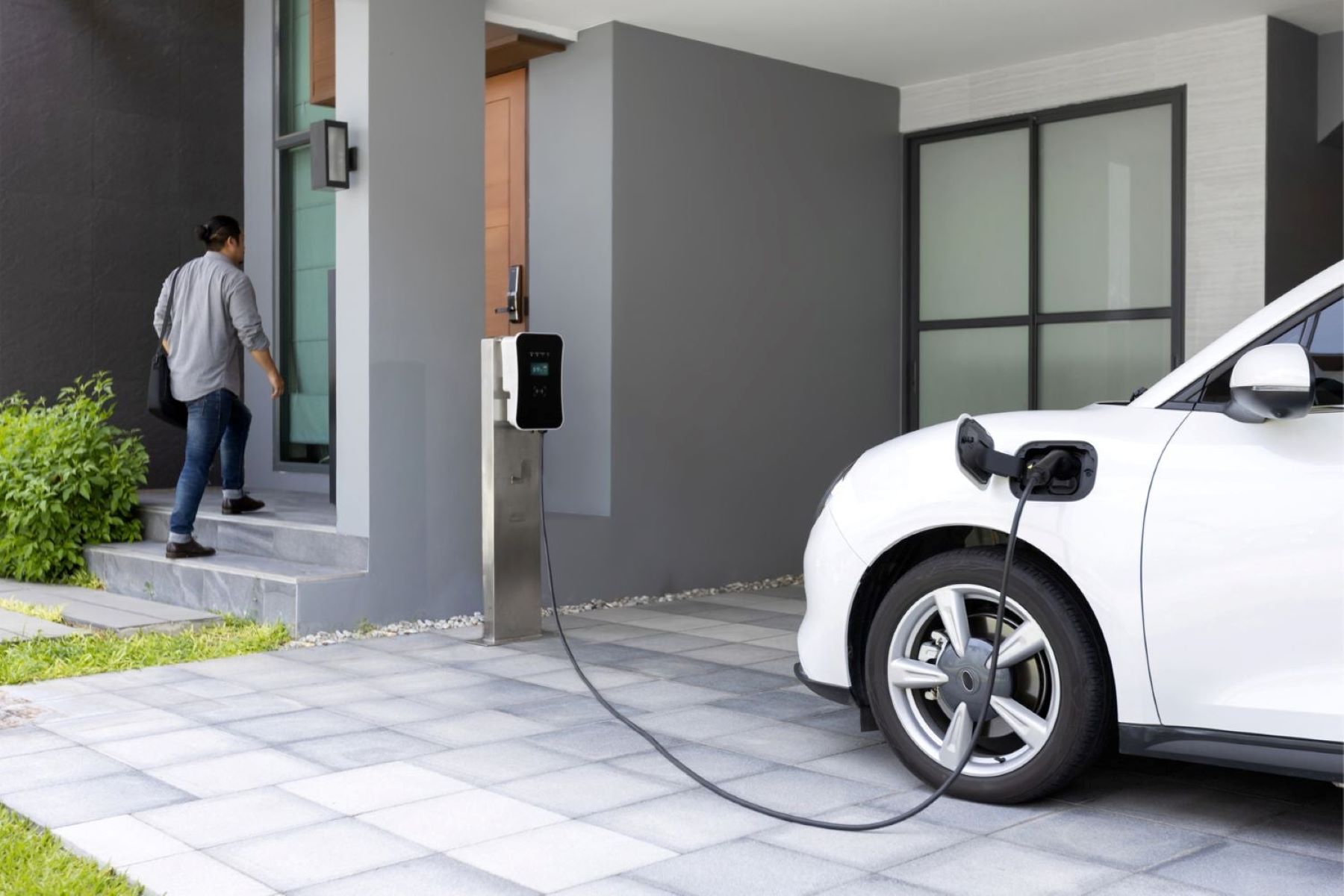
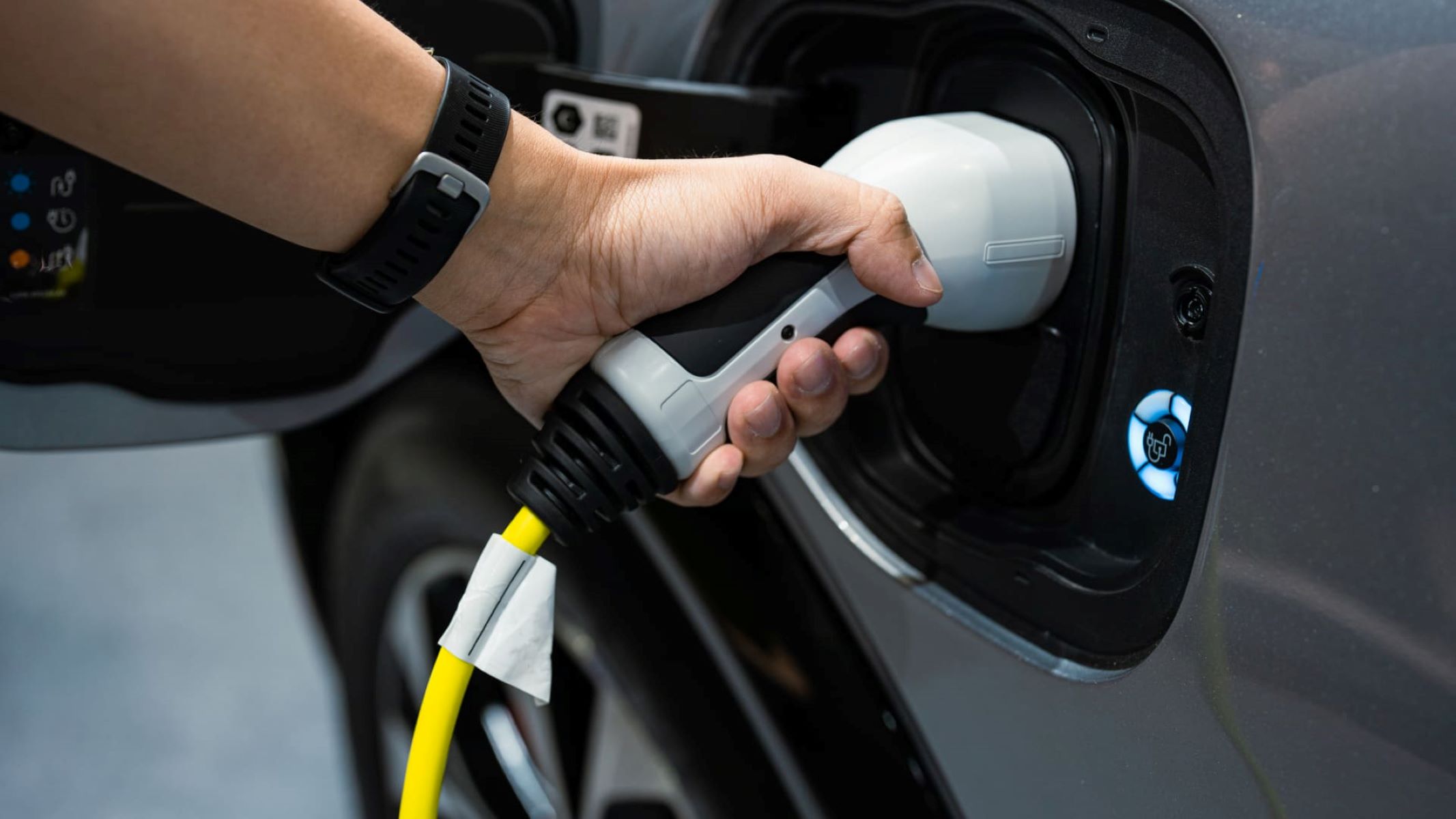

0 thoughts on “What Is A Level 3 EV Charger”